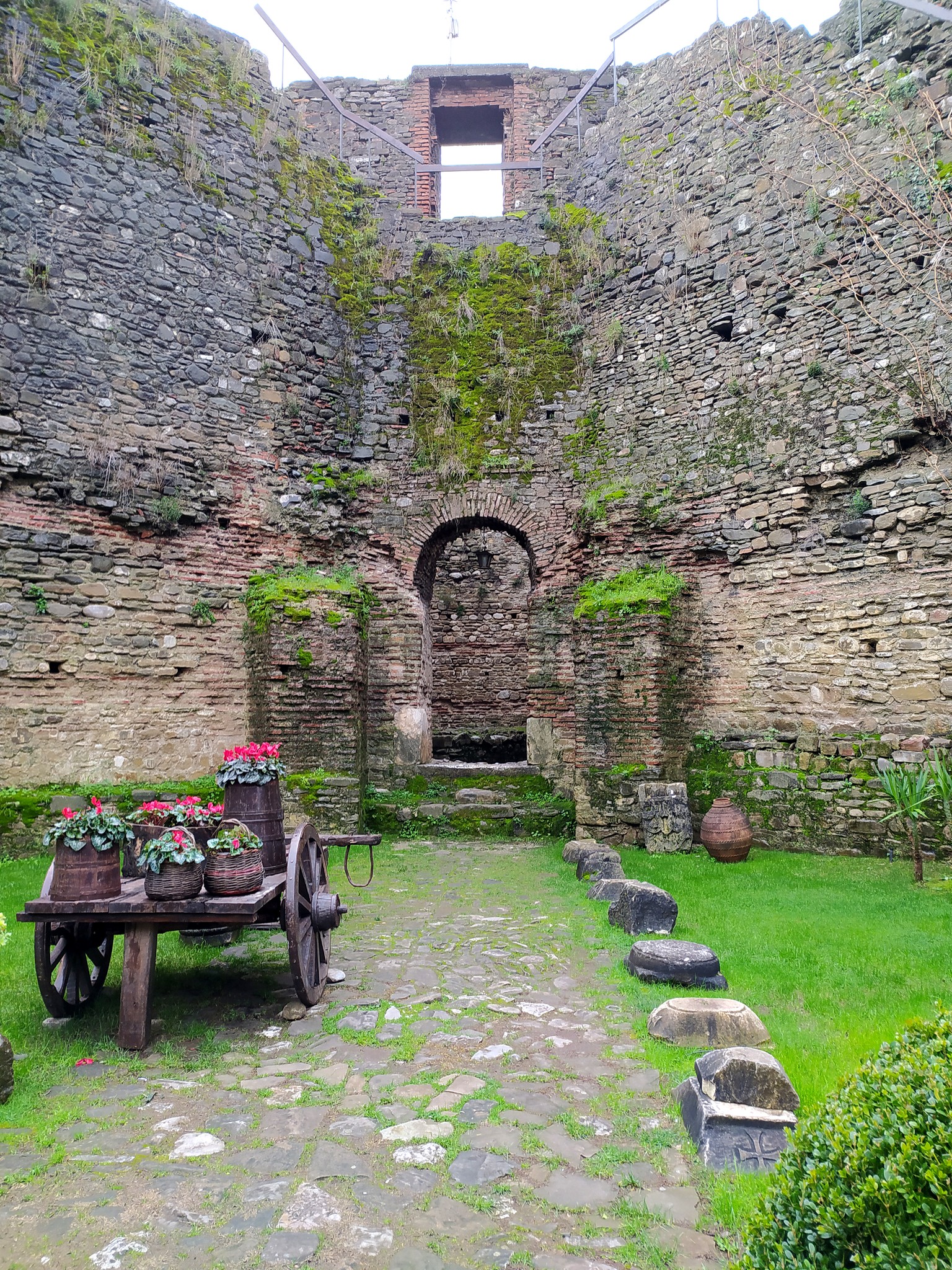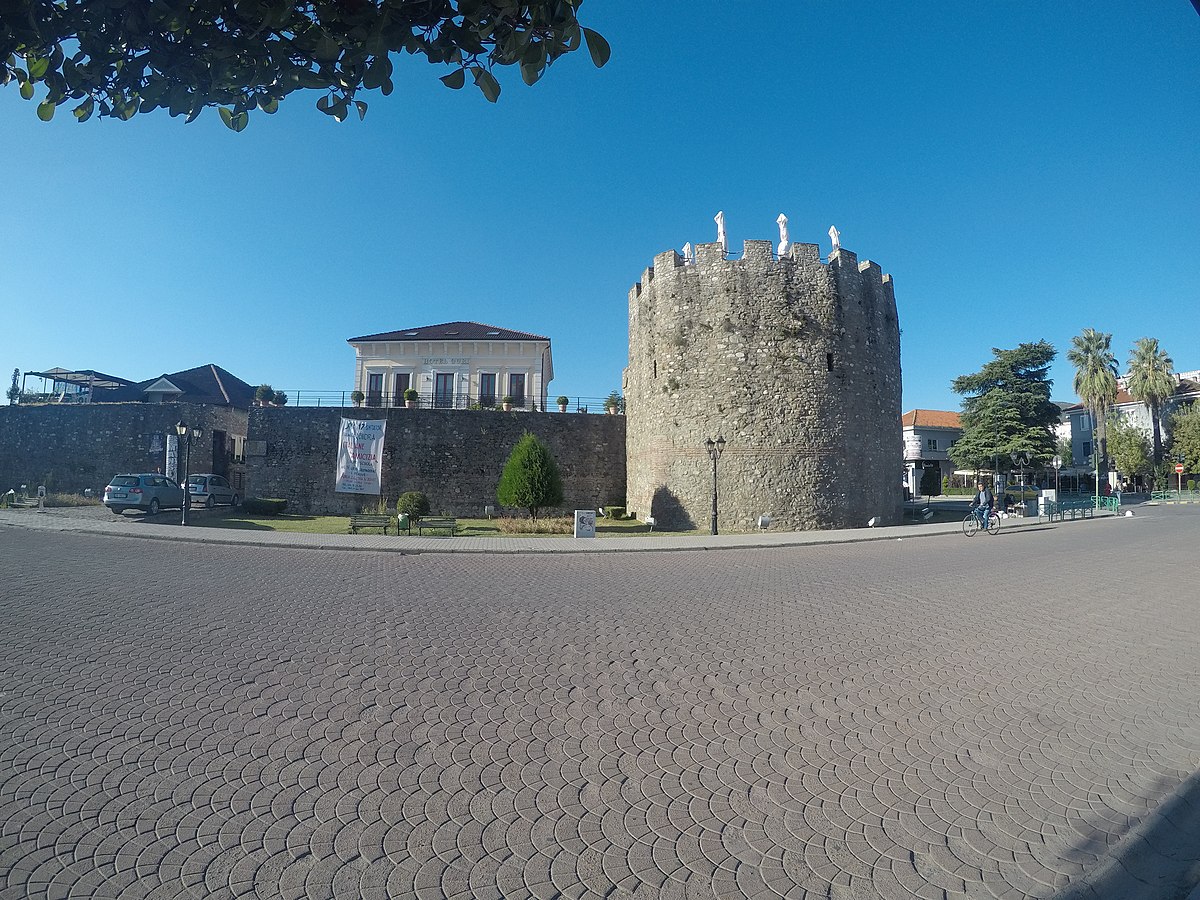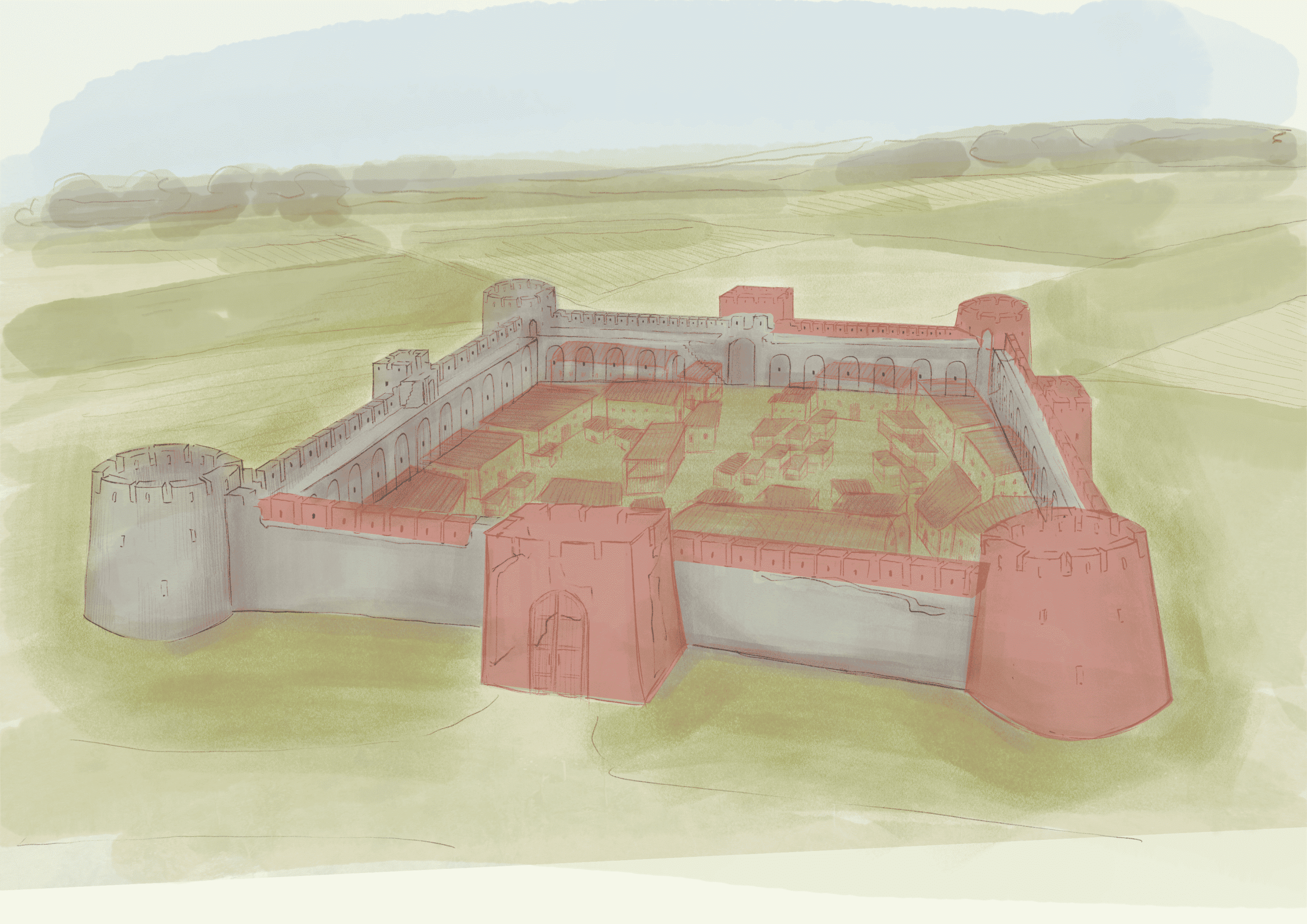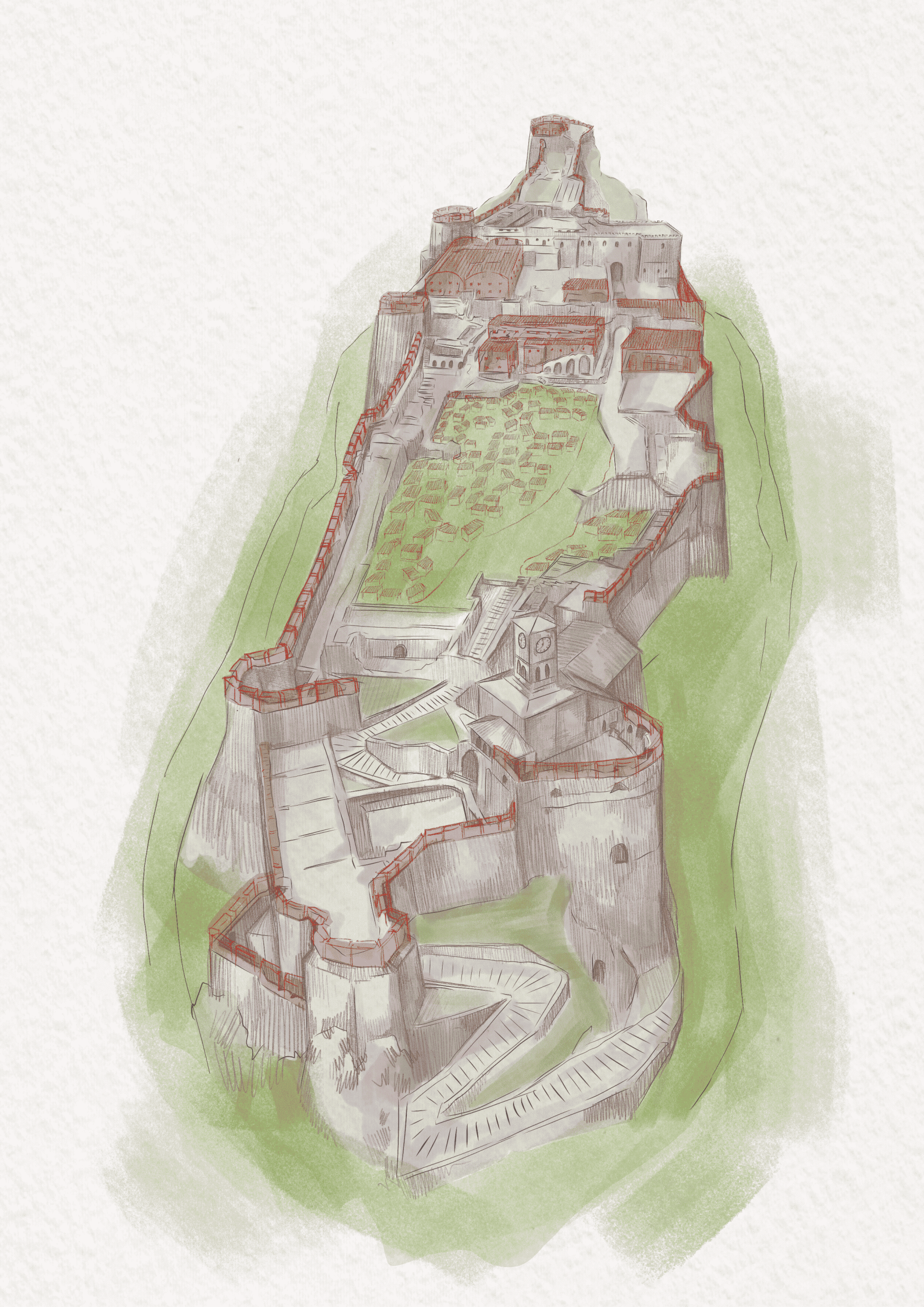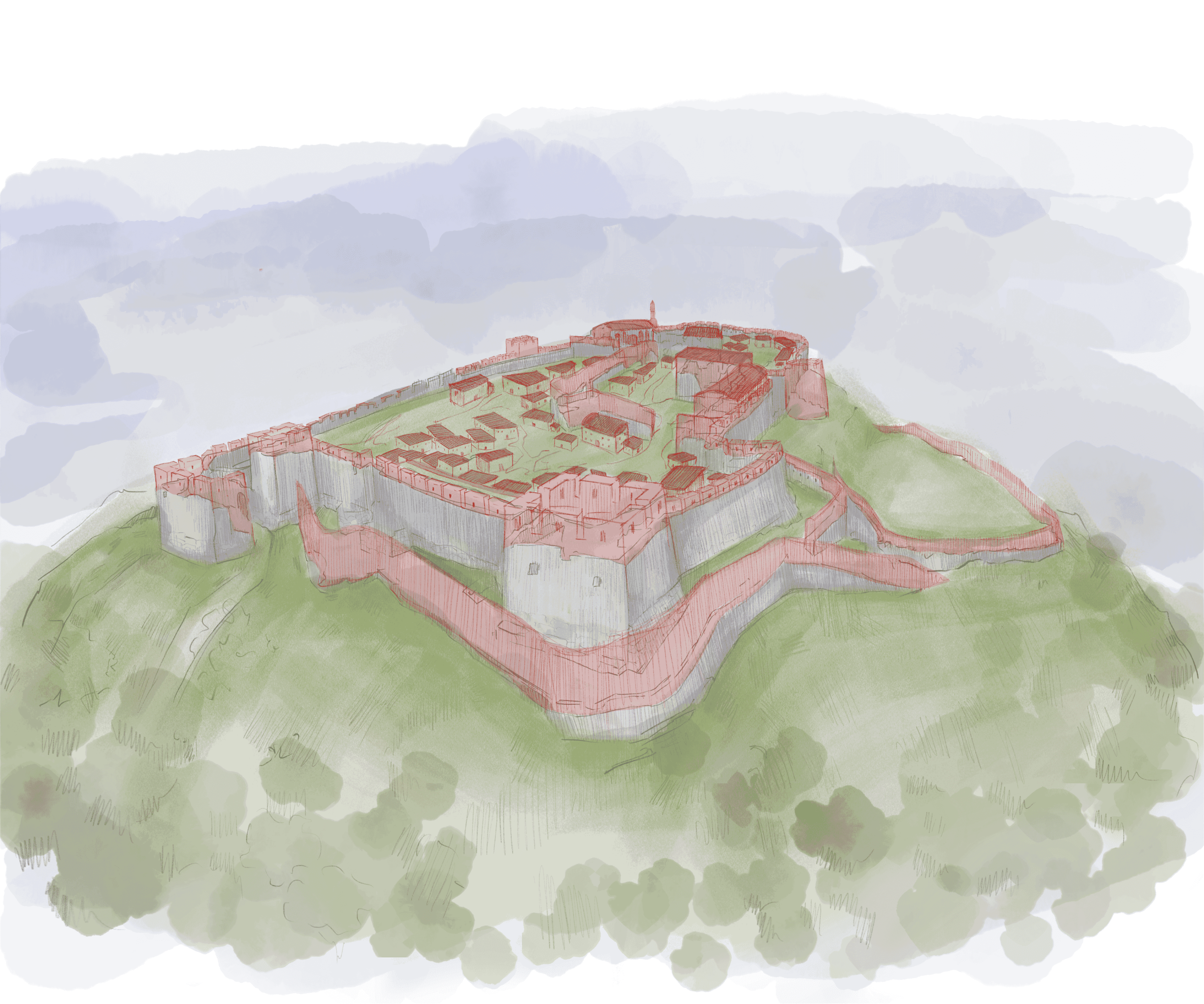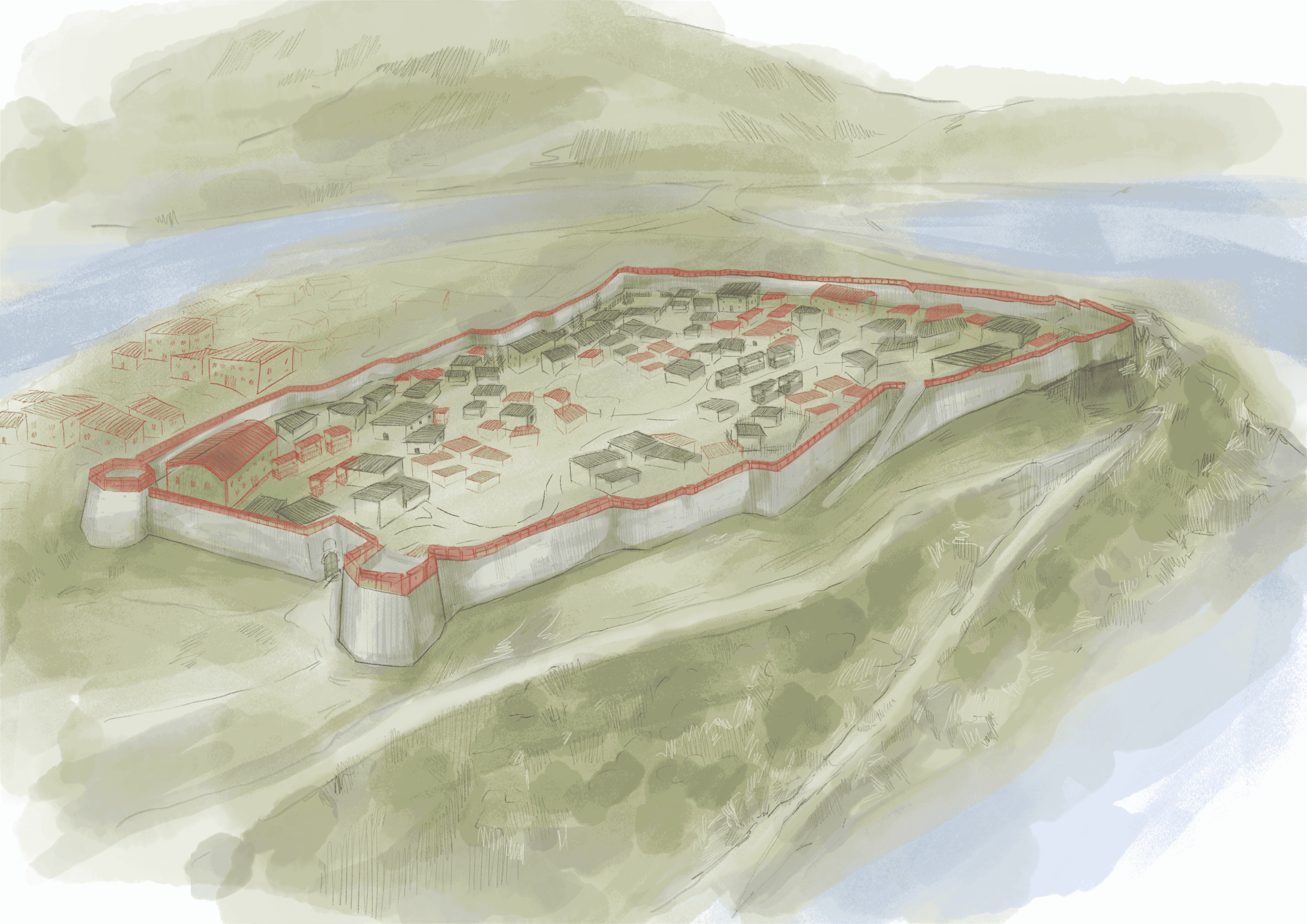🏰 Explore This Castle
📖 The book will appear here when iframe code is loaded
Castle Details
The Elbasan Castle is located in the center of the city of Elbasan and was once a military fortress. The 2000-year-old castle is a Roman construction, built at the beginning of the 3rd century AD, as a military fortress to house a legion and to secure control of the Egnatia road, which at that time was an important artery of the Roman Empire. The Egnatia road passed through it, which was an important road at that time. As a very important historical object, the castle has been declared a cultural monument. The castle, together with the surrounding walls, reflects the military importance of the city of Elbasan during the early Ottoman period. The southern wall testifies to the dimensions and strength of the fortifications. Also, some of the materials from the Roman and Byzantine periods that were used during the reconstruction by Mehmed II can be clearly seen in the foundations of the southwest tower. This castle had 26 towers, equally spaced from each other, with a height of 9 m. The barbarian wars during the 4th-5th centuries AD caused the destruction of the fortresses and it took the hand of the Byzantine emperor of Dardanian origin Justinian to rebuild the fortress on the old foundations. Today, only the southern gate of the castle is preserved. The fortress was surrounded by a moat, which was filled by diverting the Zaranika stream. Inside this castle, there are so many cultural monuments, as well as the intellectual potentials of the national culture, because precisely where the culture of the mind generated, the culture of architecture also generates. The Sinan Pasha Bath, which is located inside the castle walls, is very well preserved; it was built at the beginning of the 19th century. The Clock Tower, which was erected in 1899 with a height of 30 m, is today one of the well-known monuments of this city, which every visitor encounters. The King’s Mosque is one of the oldest mosques in Albania, dating back to 1492, built during the time of Sultan Bayezid II. Meanwhile, the church was built in 1833 by Christian believers, on the foundations of an old church. The Sinan Pasha Bath, which is located inside the castle walls, is very well preserved; it was built at the beginning of the 19th century. This mosaic of cultural monuments inside the castle walls is complemented by old characteristic houses, some of which have the status of cultural monuments, while they create the Kala neighborhood, together with other constructions. The Elbasan Castle, along with the other monuments inside it, has been transformed into a tourist attraction attracting visitors from all over the world.
Learn About This Castle
👑 Who?
It was originally built by the Romans to house a legion and later rebuilt by the Byzantine emperor Justinian of Dardanian origin. It was also reconstructed by Mehmed II during the Ottoman period.
👑
🏰 What?
The castle is a 2000-year-old military fortress that once had 26 towers, surrounded by defensive walls and a moat. Inside the castle walls are important cultural monuments including the Sinan Pasha Bath, the Clock Tower, the King’s Mosque, and an old church built by Christian believers.
🏰
❓ Why?
It was built to serve as a military fortress to secure control of the important Egnatia road and to reflect the military importance of Elbasan during various periods. Today, it serves as a cultural monument and a tourist attraction, showcasing the rich historical and architectural heritage of the city.
❓
🗺️ Where?
The Elbasan Castle is located in the center of the city of Elbasan, Albania.
🗺️
📅 When?
The castle was built at the beginning of the 3rd century AD by the Romans, rebuilt during the 4th–5th centuries AD under Emperor Justinian, and reconstructed during the early Ottoman period. The Clock Tower was erected in 1899, the King’s Mosque dates back to 1492, and the church was built in 1833. The Sinan Pasha Bath was constructed in the early 19th century.
📅
Castle Gallery

